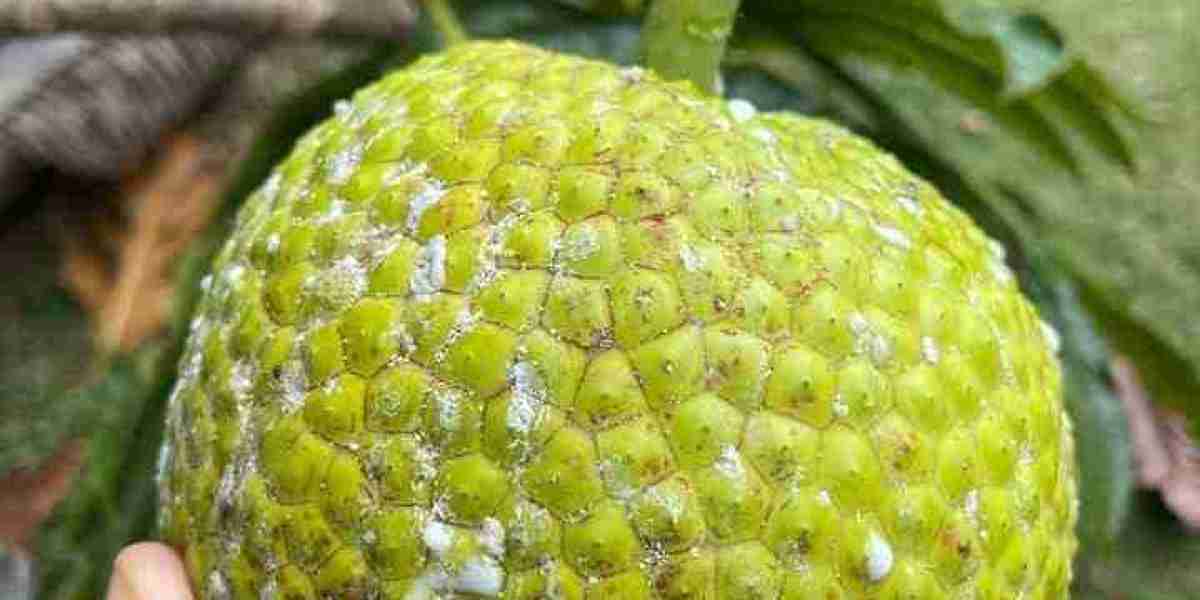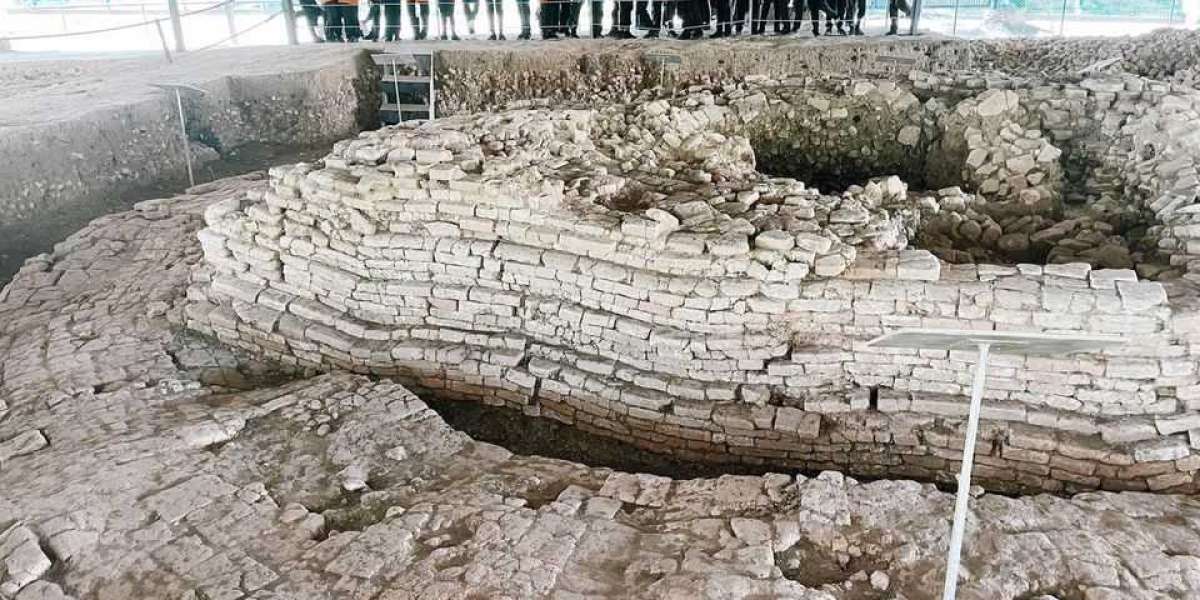.The entire tree is useful, as it produces latex, leaves, and timber, aside from the fruit.
Sukun, or breadfruit, is a tree native to the Malay Archipelago region, the tree from which is extracted a fruit that plays a significant culinary role in the area's indigenous cultures. The entire tree is useful, as it produces latex, leaves, and timber, aside from the fruit. The fruit itself is about as large as a small watermelon, round and green-yellow, and has a potato-like texture when cooked. It can be eaten in a variety of ways - boiled, baked, fried or simply roasted on an open fire. It is also preserved by fermenting underground, after which it can be used in local dishes.
The story of sukun or breadfruit and the letter to the King of England is outlined in a historic incident involving Captain William Bligh of the British Royal Navy. The English figured out the potential of this fruit as a cheap, high-energy food source that could be used to feed slaves in the colonies. Bligh was tasked with transporting breadfruit trees from the South Pacific to the Caribbean- an endeavor which led to the infamous Mutiny on the Bounty in 1789.
In the early 1790s, Bligh wrote to King George III noting the advantages of breadfruit as a nutritious and potentially profitable crop. He emphasized the relatively easy cultivability of breadfruit trees and the potential for succulent harvests. Moreover, he pointed out how these trees could be a utilitarian and efficient source of sustenance for the English colonies in the West Indies.
Yet, the initial introduction of breadfruit to the Caribbean was not a success. Many slaves refused to eat the fruit, which they perceived as being imposed on them by their oppressors. With time, its acceptance increased, and today breadfruit is part of the culinary tradition in many Caribbean countries. Bligh’s letter to the king and the related story attest to the historical and socio-cultural nuances involved in the introduction of an alien crop into a new ecosystem and society.







